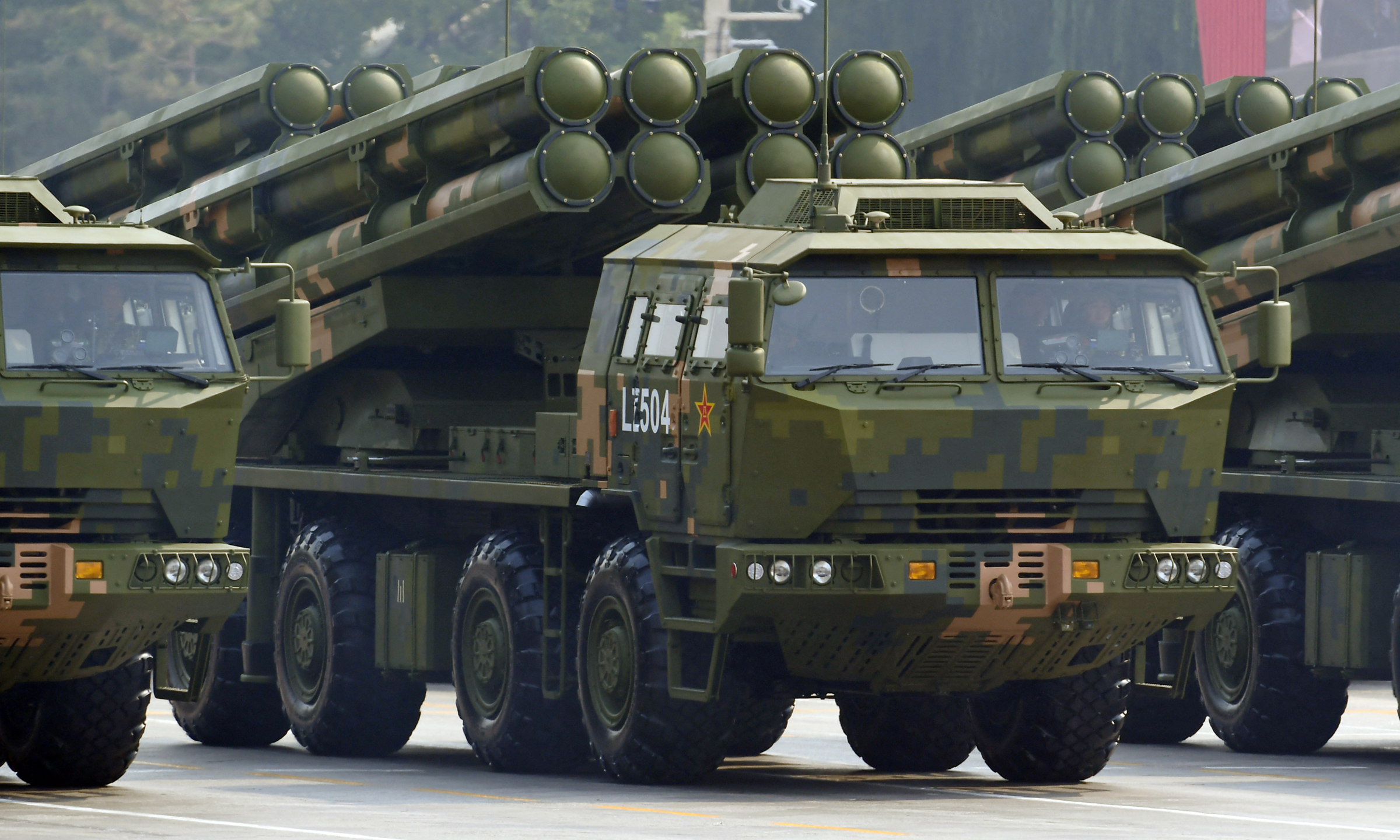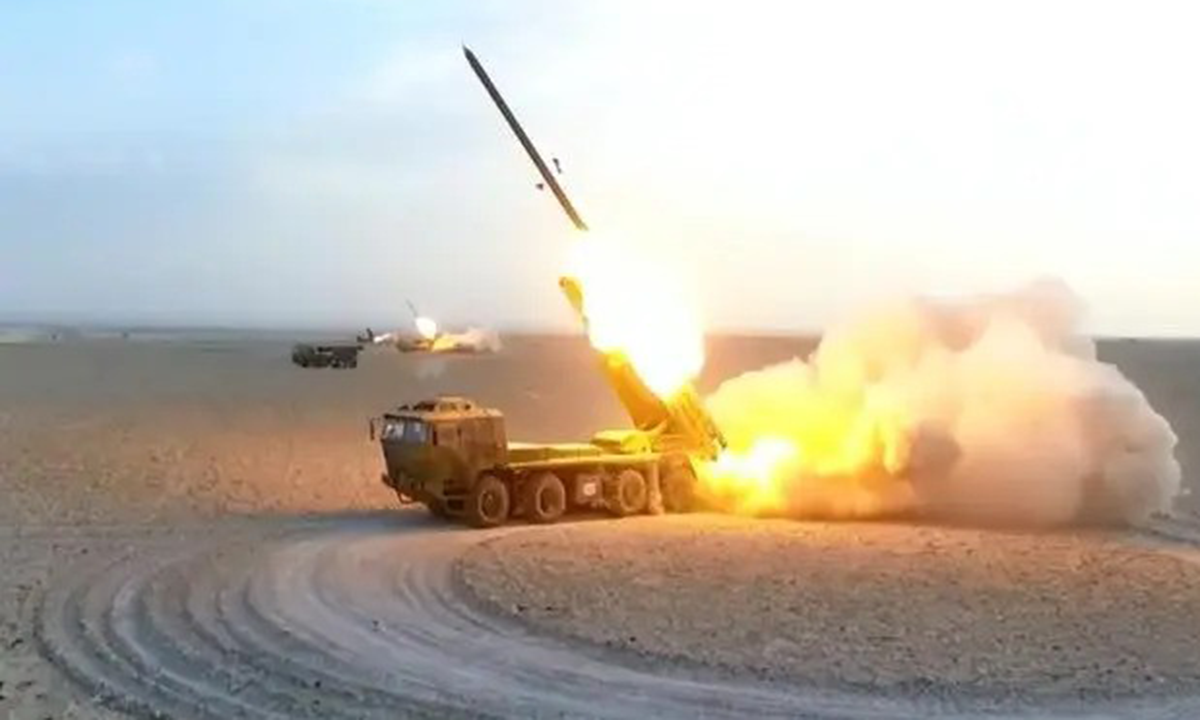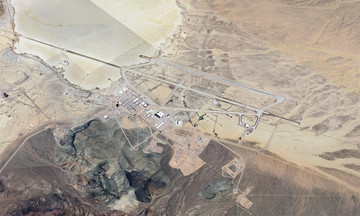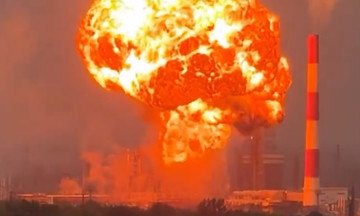In a bid to modernize its military and bolster long-range firepower, China has introduced the PHL-16, a truck-based, self-propelled multiple rocket launcher. The system features a modular design, enabling it to fire a range of precision munitions.
Chinese military officials and media often portray the PHL-16 as a counter to the US-made HIMARS rocket launcher. This comes as Taiwan's defense forces ordered 29 HIMARS systems, receiving the first 11 in 11/2024. These were first test-fired in May and deployed during the annual Han Kuang exercises two months later.
Developed by the domestic arms manufacturer Norinco, the PHL-16 is considered China's most advanced rocket launcher. It was first unveiled during the 2019 military parade marking the 70th anniversary of the People's Republic of China.
 |
The PHL-16 rocket launcher at a parade in Beijing, China in 2019. Photo: AFP |
The PHL-16 rocket launcher at a parade in Beijing, China in 2019. Photo: AFP
The system is based on Norinco's older AR-3 rocket launcher, introduced in 2010. The PHL-16 measures 12 meters long, 3 meters wide, and 3 meters high, operated by a crew of 3.
Rocket launcher systems like the PHL-16 play a crucial role for ground forces, capable of rapid-fire barrages over large areas, effectively suppressing enemy defenses, eliminating concentrations of vehicles and troops, and breaching fortified lines.
Mounted on a highly mobile 8x8 WS2400 heavy truck chassis, the PHL-16 can reach speeds of 80 km/h and navigate rough terrain. This allows for rapid deployment and repositioning, minimizing vulnerability to counter-battery fire and enhancing survivability.
Its modular design allows it to fire various munitions with different sizes and ranges, targeting a wide array of objectives. This marks a significant advancement over older Chinese systems like the PHL-03, which was limited to 300 mm rockets.
Depending on operational needs, the PHL-16 can be configured to carry 10 x 300 mm rockets with a 130 km range, 8 x 370 mm guided rockets with a 300 km range, or two Fire Dragon 480 ballistic missiles with a range of up to 500 km, according to Chinese military data.
An autoloading system enables the crew to quickly switch between rocket and missile configurations, adapting to changing battlefield conditions.
The PHL-16's 370 mm rockets are praised for their accuracy and airburst capability, scattering shrapnel over a wide area to counter dispersed or mobile targets like infantry, light armor, and air defense systems.
 |
The PHL-16 firing in a photo published in 2024. Photo: Sohu |
The PHL-16 firing in a photo published in 2024. Photo: Sohu
The Fire Dragon 480 ballistic missile is designed to engage larger, high-value targets such as command centers, critical infrastructure, and fortified military installations. This munition uses inertial and satellite guidance with a circular error probable of around 30 m, making it particularly effective for neutralizing long-range targets.
Chinese media suggests the Fire Dragon 480 gives the PHL-16 comparable firepower to dedicated short-range ballistic missile systems, while offering greater versatility with its diverse munition options and deployment flexibility.
Similar to the PHL-16, the US HIMARS also employs a modular design, allowing quick configuration changes to fire various munitions. These include the GMLRS 227 mm guided rockets with a range exceeding 70 km and the ATACMS tactical ballistic missile with a maximum range of 300 km.
While these munitions don't have the advertised range of the Fire Dragon 480, the US Army is set to equip the HIMARS with a base version of the Precision Strike Missile (PrSM) with a 500 km range.
China is currently the sole operator of the PHL-16. The exact number of systems produced and deployed is unknown, but the Chinese military appears to have deployed over 120 systems across various war zones, according to the London-based International Institute for Strategic Studies (IISS).
The 71st, 72nd, and 73rd Group Armies under the Eastern Theater Command are believed to be among the units operating the PHL-16. These army units are stationed near Taiwan, in anticipation of potential conflict in the Taiwan Strait. China considers Taiwan an inseparable part of its territory and is prepared to use all means necessary to achieve unification.
Since entering service with the Chinese army, the PHL-16 has been deployed at various locations near the Taiwan Strait and participated in exercises simulating conflict scenarios in the region.
In 10/2024, the Chinese military conducted a two-day exercise in the Taiwan Strait and surrounding waters. They reported deploying six key weapon systems, including the PHL-16.
Anatomy of the HIMARS rocket launcher. Video: Forces News
It remains unclear whether the PHL-16 will be featured in the parade commemorating the 80th anniversary of the victory over Japan in Beijing on 3/9. The Chinese Ministry of National Defense announced tens of thousands of personnel, hundreds of aircraft, and vehicles, including fighters and bombers, will participate, but provided no specifics.
Several new weapons systems are also expected to debut at the parade: hypersonic weapons, trucks equipped with anti-drone systems, next-generation tanks, and airborne early warning aircraft for carrier strike groups.
Pham Giang (According to Newsis)












